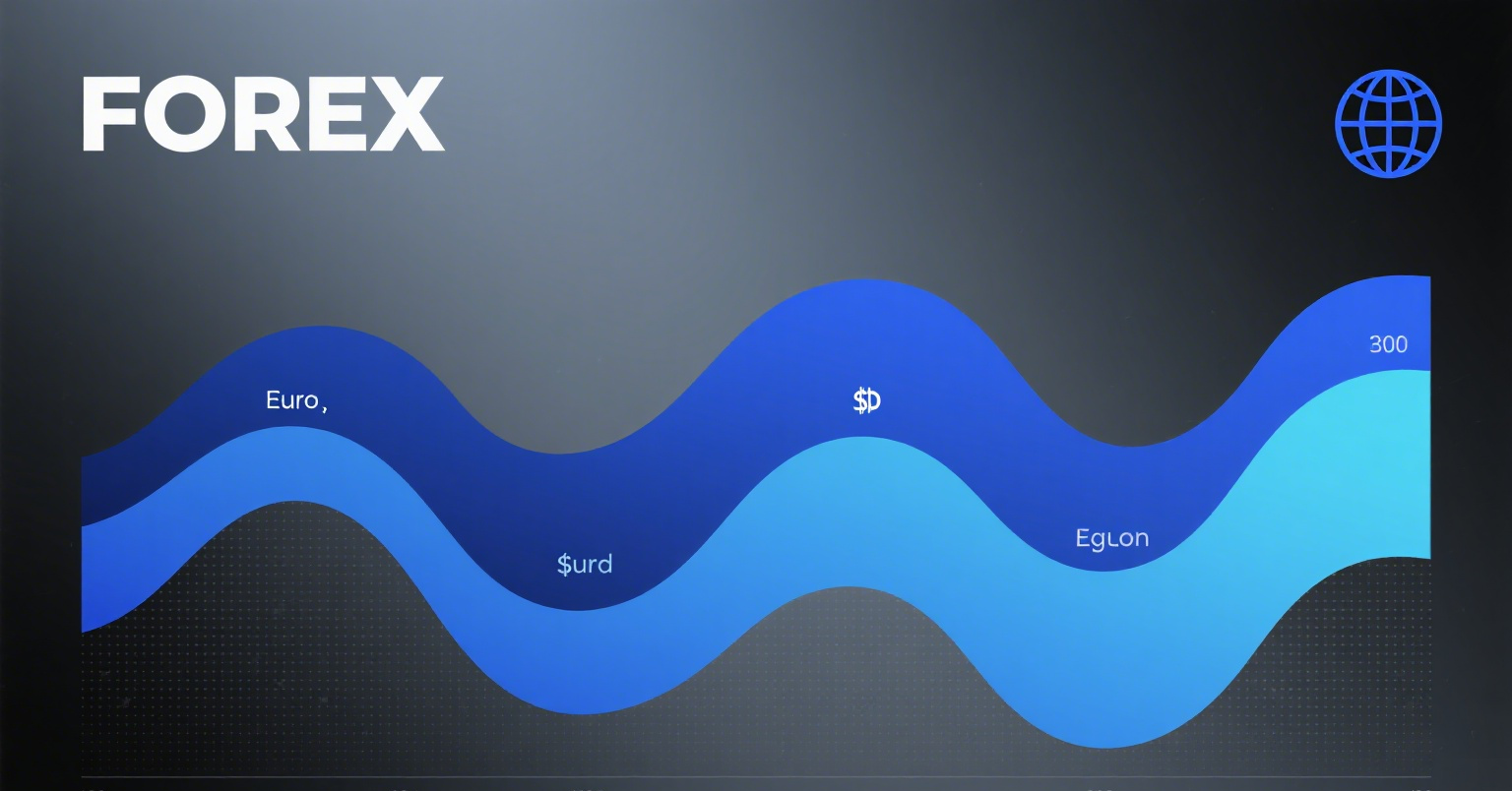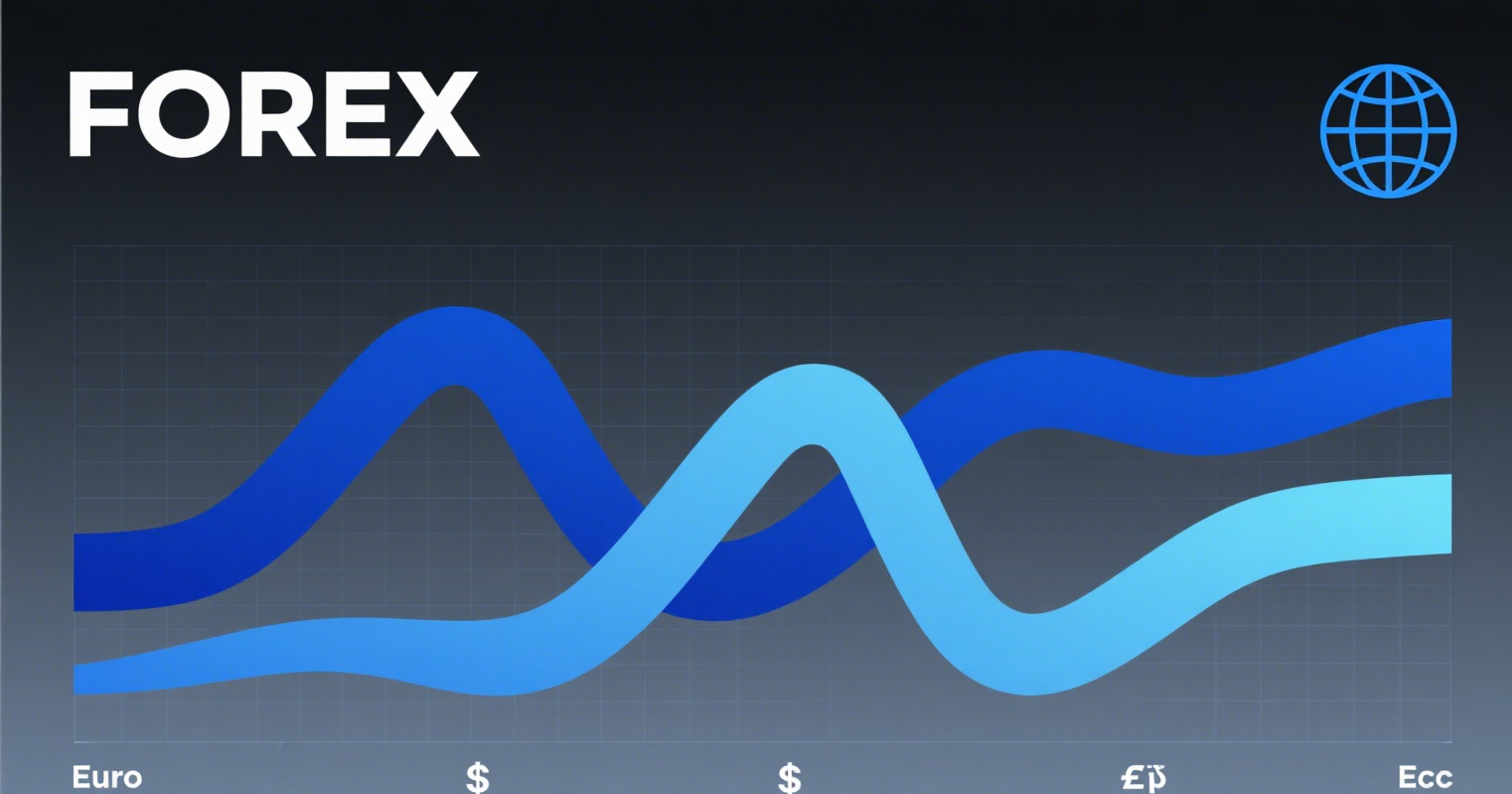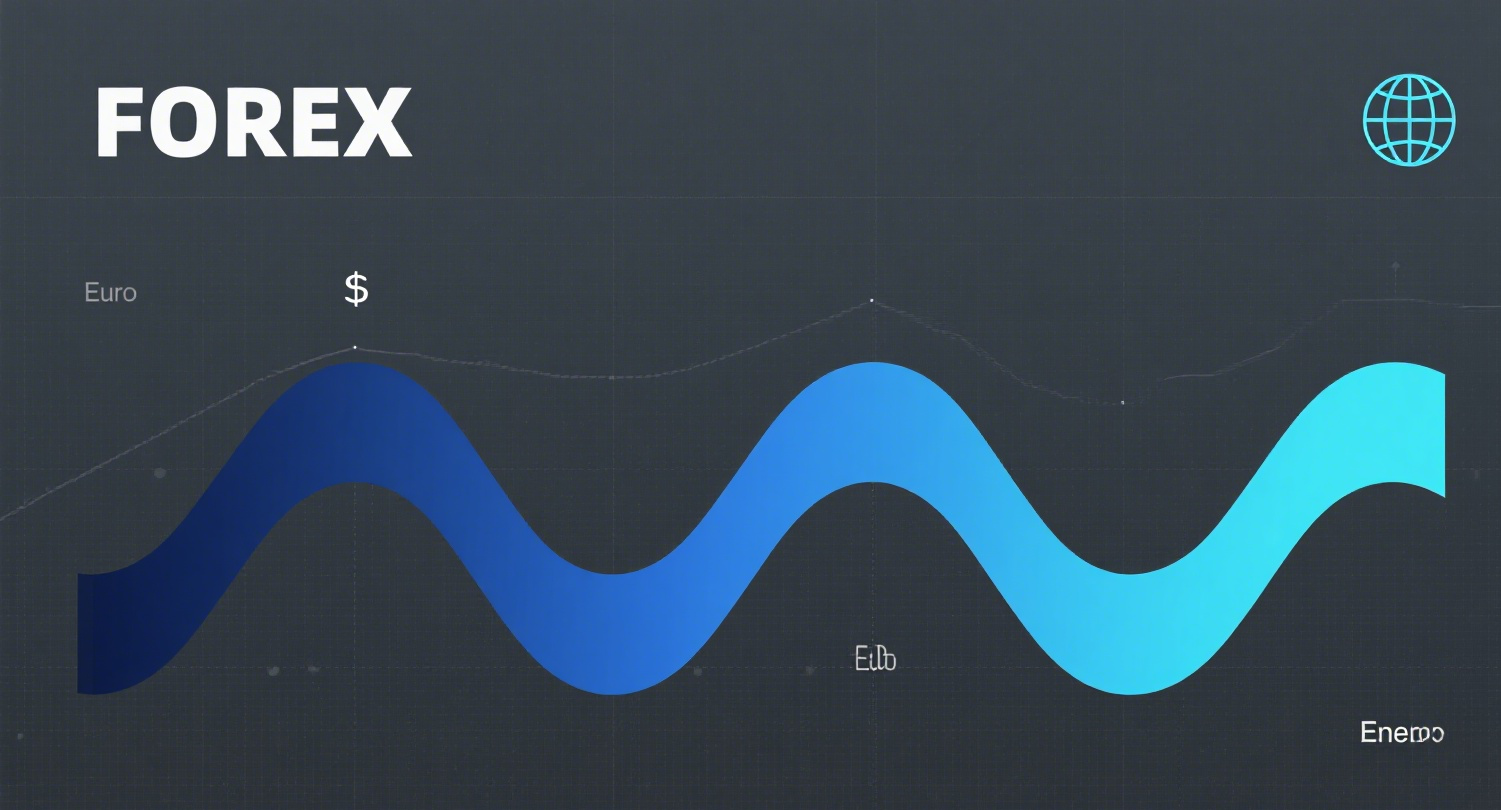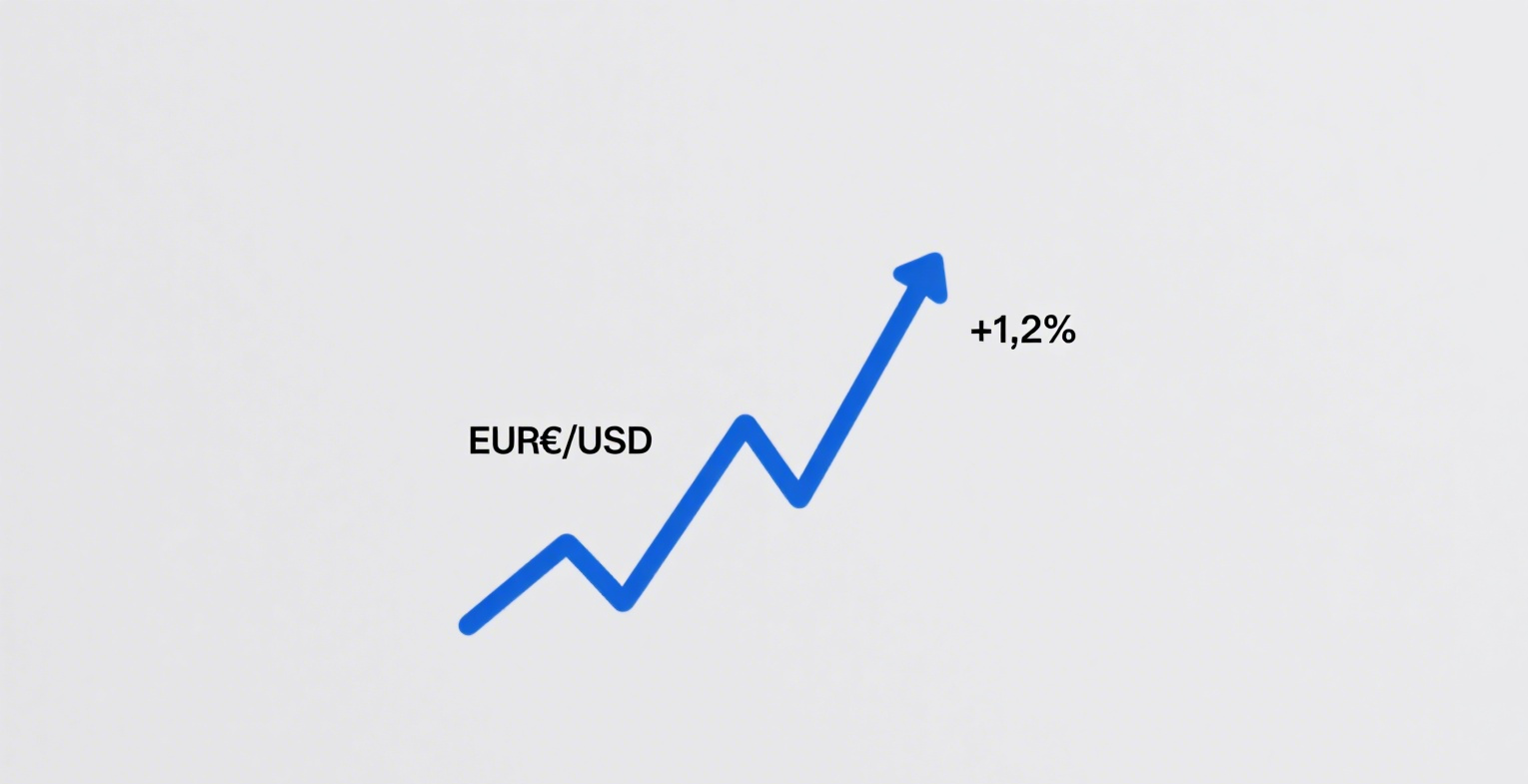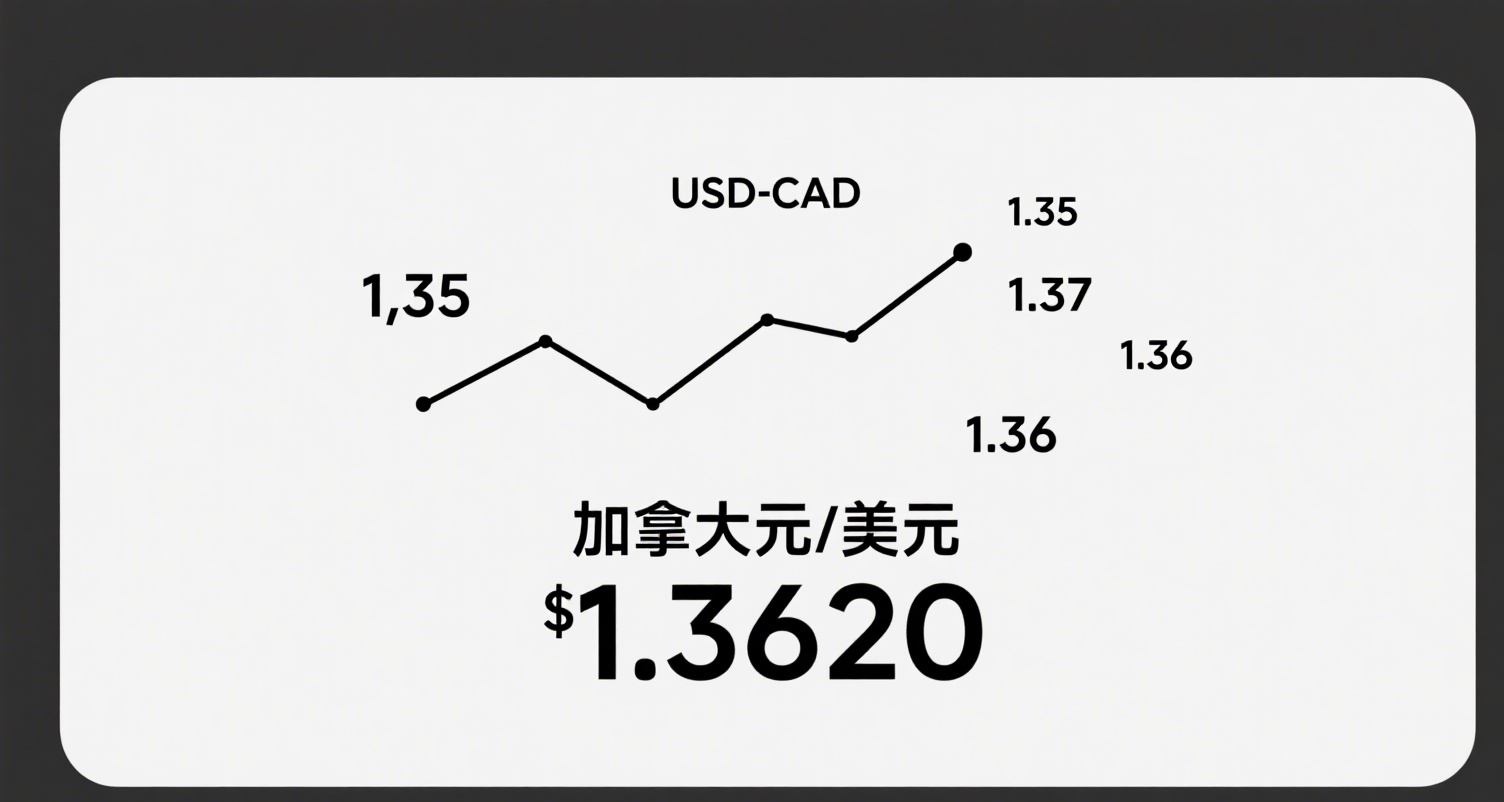
Analysis of the Stock Selection Logic Behind the "Snow Leopard Ladder Cloud Leap" Method
During a market break, I studied a practical trading technique called the "Snow Leopard Ladder Cloud Leap" strategy. So, what exactly is this strategy? If you're not yet familiar with it, the editor from Winner’s Academy will provide a detailed introduction today.
What is the Snow Leopard Ladder Cloud Leap? Essentially, it is a trading strategy formed based on the relationship between volume and price in technical analysis. Volume represents the number of transactions—when a buyer and a seller reach an agreement, a trade is executed. The more participants there are, the greater the market influence.
Large trading volumes are typically not driven by retail investors. Instead, they often indicate the presence of institutional or "big money" players. This concept has been discussed extensively in our "Following the Big Players" section, so we won’t delve deeper here.
Price increases are not merely a result of upward movement; they reflect growing bullish sentiment, increased buying pressure, and the dominance of buyers (bulls) over sellers (bears). Even a slight upward movement signifies that bulls have overpowered bears. At critical levels, a tiny difference can determine the overall market trend—whether it will rise or fall.
Continuously declining volume doesn’t necessarily mean that falling prices are good and rising prices are bad—if only it were that simple. The first characteristic of shrinking volume is reduced trading activity, where market participants adopt a wait-and-see approach. With less involvement from major players, stock fluctuations tend to be smaller, cycles shorter, and profits limited. Extremely low-volume price movements often lack significance because they represent transitional phases. Even if a resistance level is broken, it may not have a decisive impact.
So, what is the Snow Leopard Ladder Cloud Leap? In stock selection, it involves identifying the K-line with the highest recent trading volume. This K-line indicates heavy participation at that price level. Even if the current price is far from it, this historical volume peak can still have a decisive influence on future trends.
For the highest-volume K-line (whether bullish or bearish), drawing a horizontal line at its closing price reveals an almost magical effect. Once this line is broken upward, it becomes strong support; if broken downward, it turns into significant resistance.
Why choose this stock? The reasoning is simple:
-
Locate the highest-volume K-line from a previous period and draw a horizontal line.
-
Observe if the price later broke above this line but fell back due to insufficient volume.
-
If it breaks again near a second consolidation zone with strong volume, the next phase is often a major uptrend.
Is the Snow Leopard Ladder Cloud Leap about "earth-shattering volume" and "earth-shattering K-lines"? Of course, this is just one aspect of stock selection. Additionally, low-priced stocks tend to have an advantage, and a long-term accumulation of low-positioned筹码 (trading筹码, or "chips") is also crucial.








